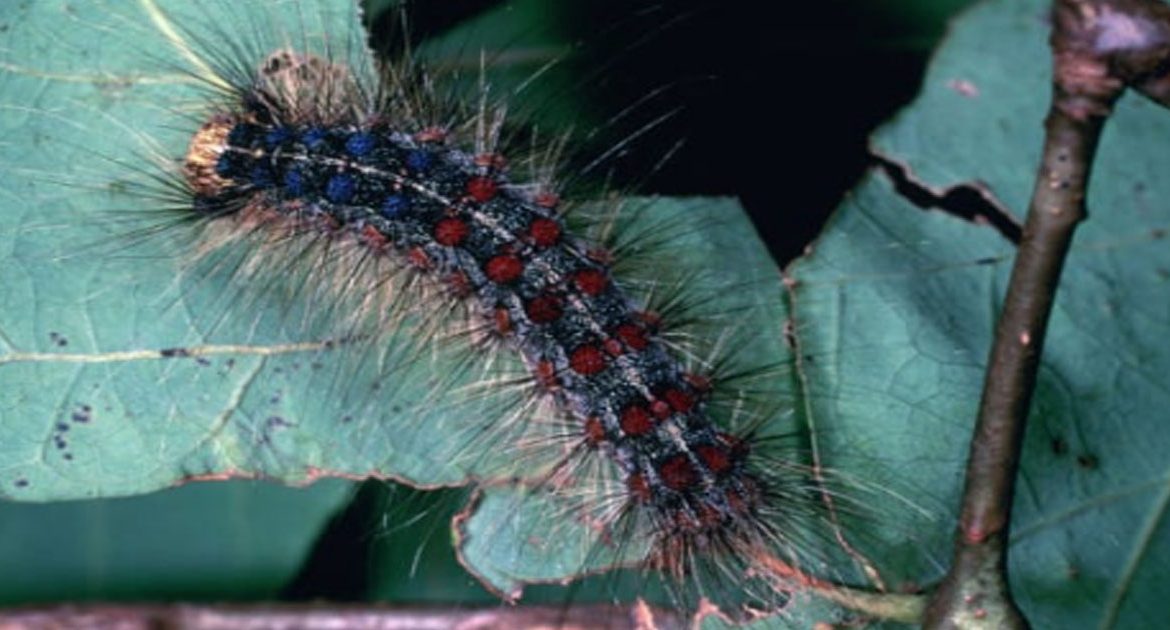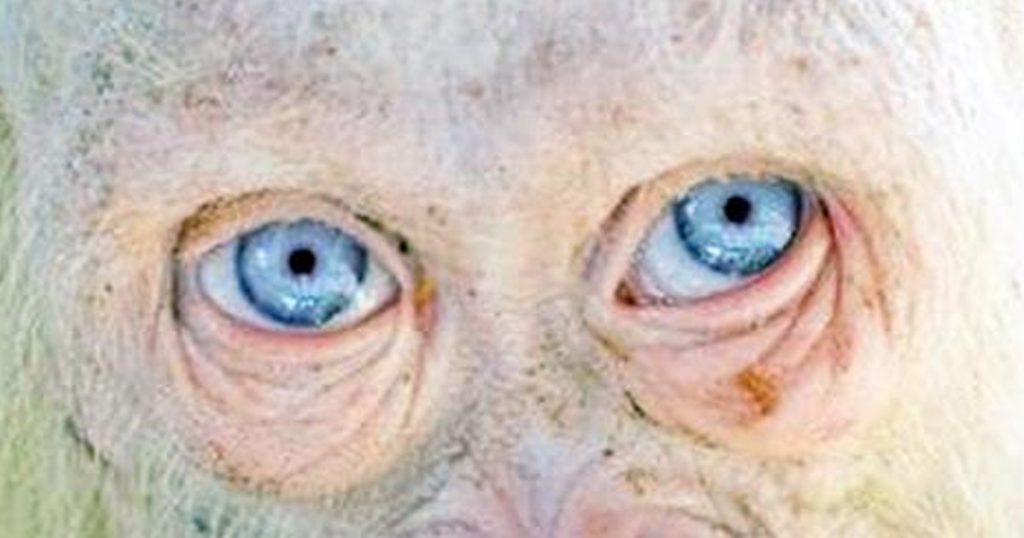As a kid, I used to always love finding caterpillars outside in the spring.
My favorite were the super fuzzy ones — I hated most other bugs, but I always loved picking up the fuzzy little ones and letting them crawl around my hands.
Even though I definitely don’t like holding caterpillars anymore, I still think they’re pretty interesting to look at — plus, they seem so harmless compared to other bugs that come back in the spring, like spiders and wasps.
Unfortunately, even though caterpillars look pretty harmless, there are some that can actually cause severe rashes.
These caterpillars, called gypsy moth caterpillars, can trigger very serious rashes and irritation.
Many people have heard of gypsy moth caterpillars before because they’re known to harm trees, but it’s important to note that they also harm people.
Similar to poison ivy or poison oak, these rashes typically look like red or white itchy bumps.
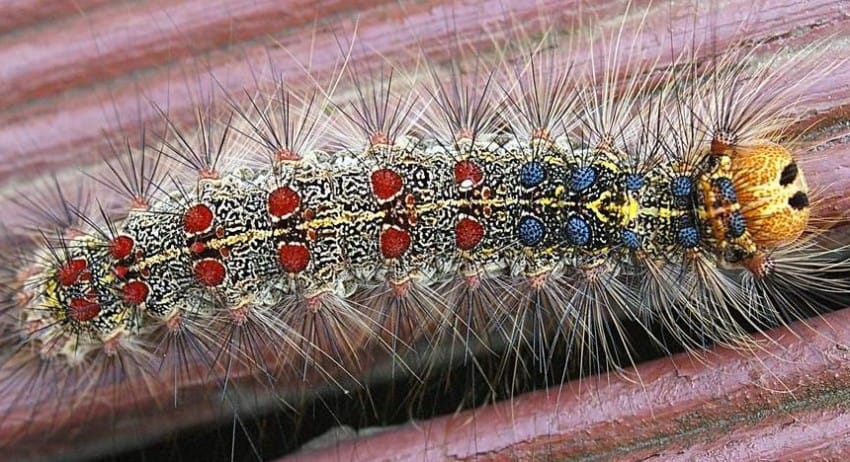
Gypsy moth caterpillars look pretty similar to any other caterpillar, but they can actually cause problematic rashes.
They are known for harming trees, and they can actually be pretty bad for humans, too.
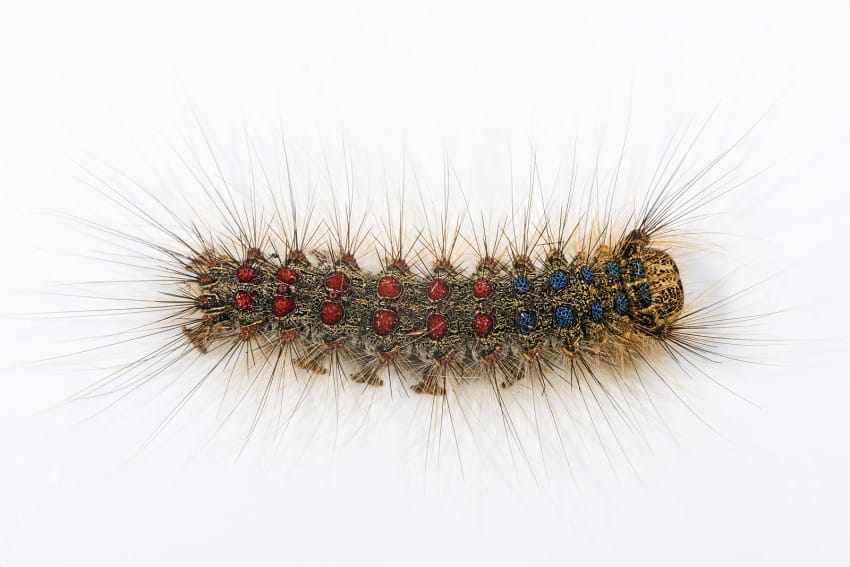
People around the US have been noticing a lot more of these caterpillars this year, with experts warning about the rashes they cause.
The rashes appear like red or white bumps, and are typically itchy and uncomfortable.
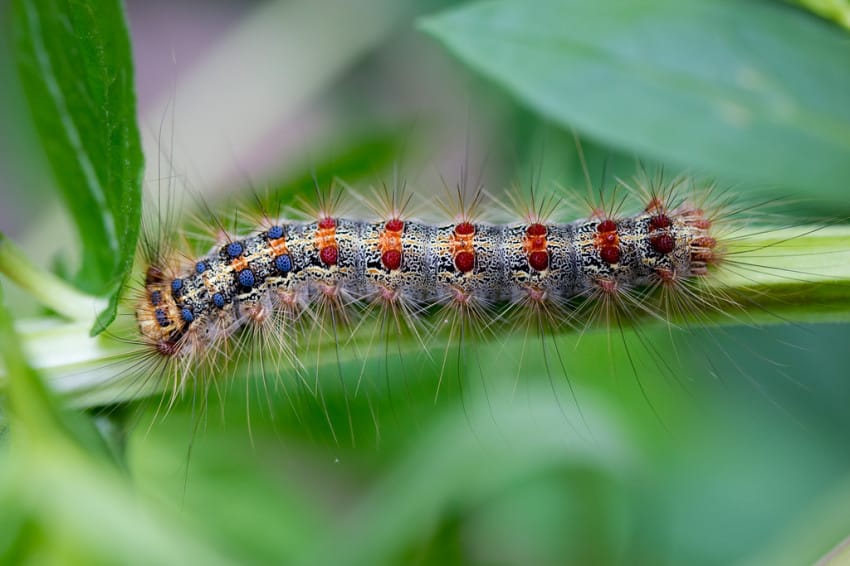
Day Kimball Healthcare in Putnam, Connecticut, shared the following message about these critters on May 4:
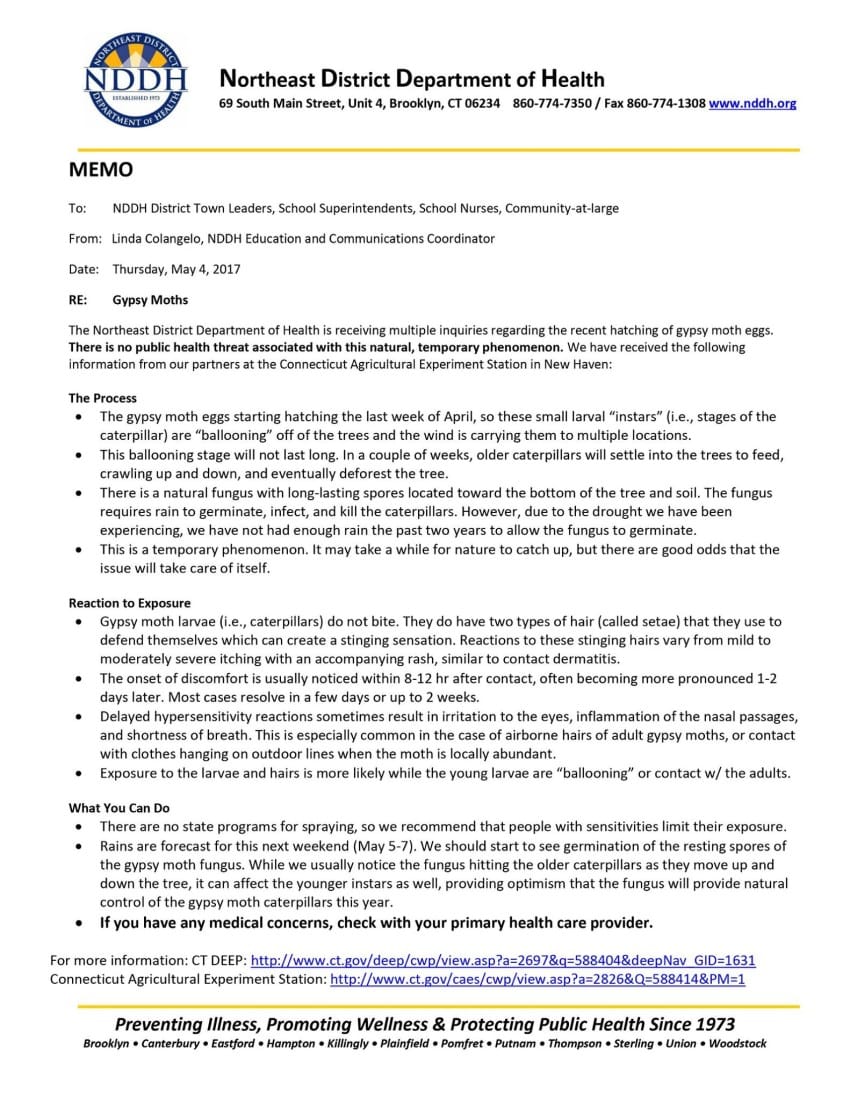
They also released the above memo, which explained why people’s bodies react the way they do:
Gypsy moth larvae (i.e., caterpillars) do not bite.
They do have two types of hair (called setae) that they use to defend themselves, which can create a stinging sensation.
Reactions to these stinging hairs vary from mild to moderately severe itching with an accompanying rash, similar to contact dermatitis.
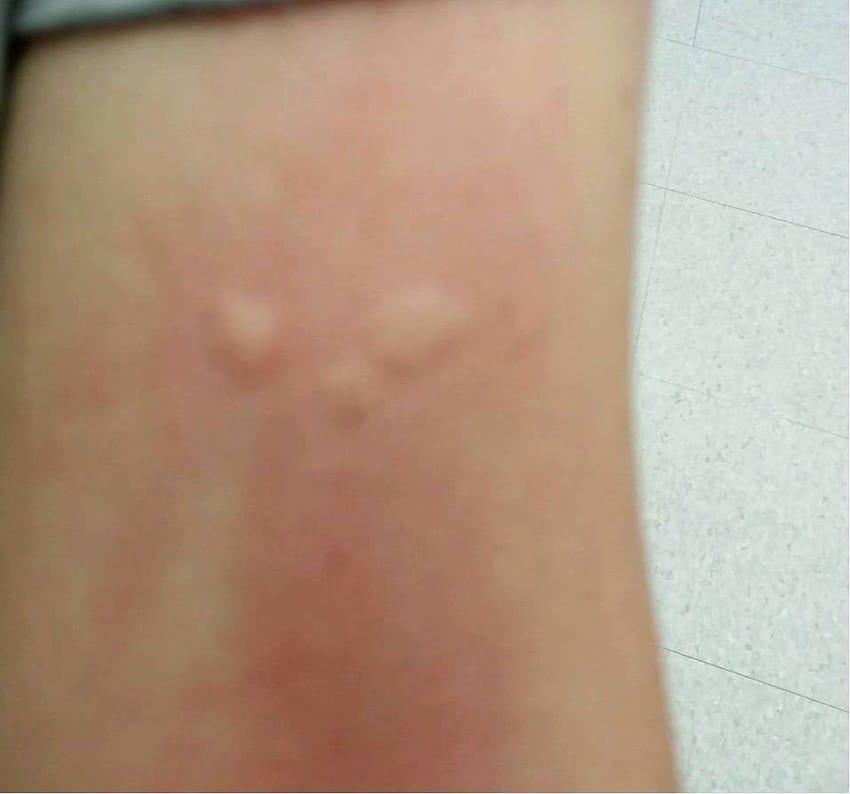
The onset of discomfort is usually noticed within 8-12 hours after contact, often becoming more pronounced 1-2 days later.
Most cases resolve in a few days or up to 2 weeks.
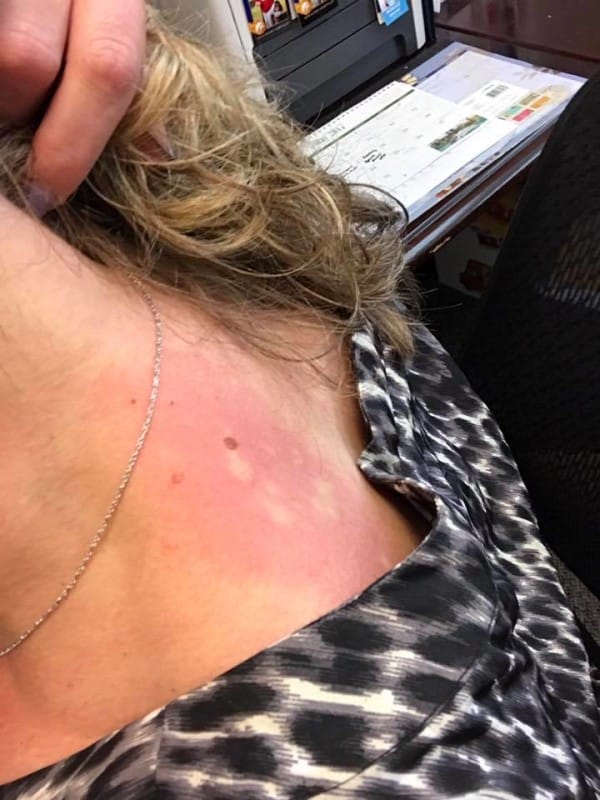
Delayed hypersensitivity reactions sometimes result in irritation to the eyes, inflammation of the nasal passages, and shortness of breath.
This is especially common in the case of airborne hairs of adult gypsy moths, or contact with clothes hanging on outdoor lines when the moth is locally abundant.
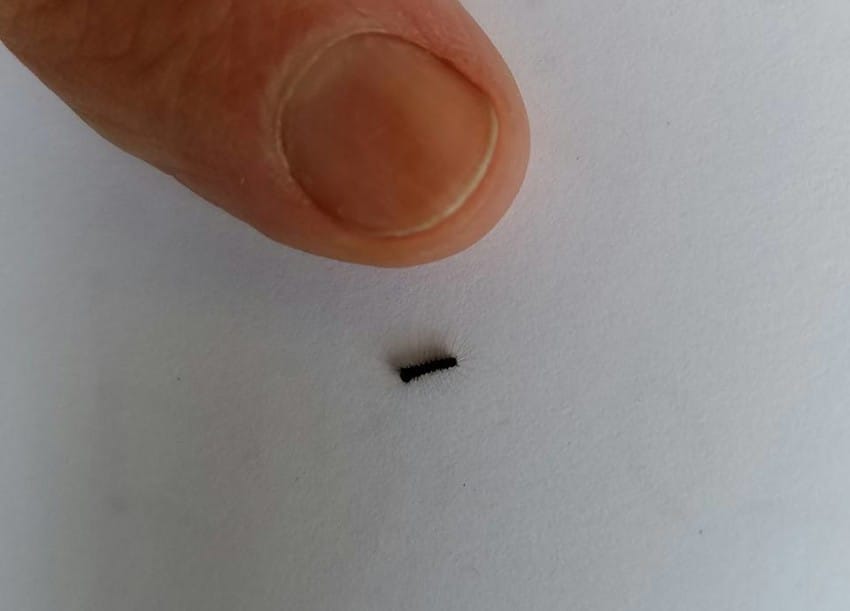
Sometimes, the young caterpillars can be blown off trees or plants and into people.
So even if you’re not approaching the caterpillars on your own, they may fall or land on you.
Wareham Pediatrics in Wareham, Massachusetts, also posted on Facebook about the caterpillars.
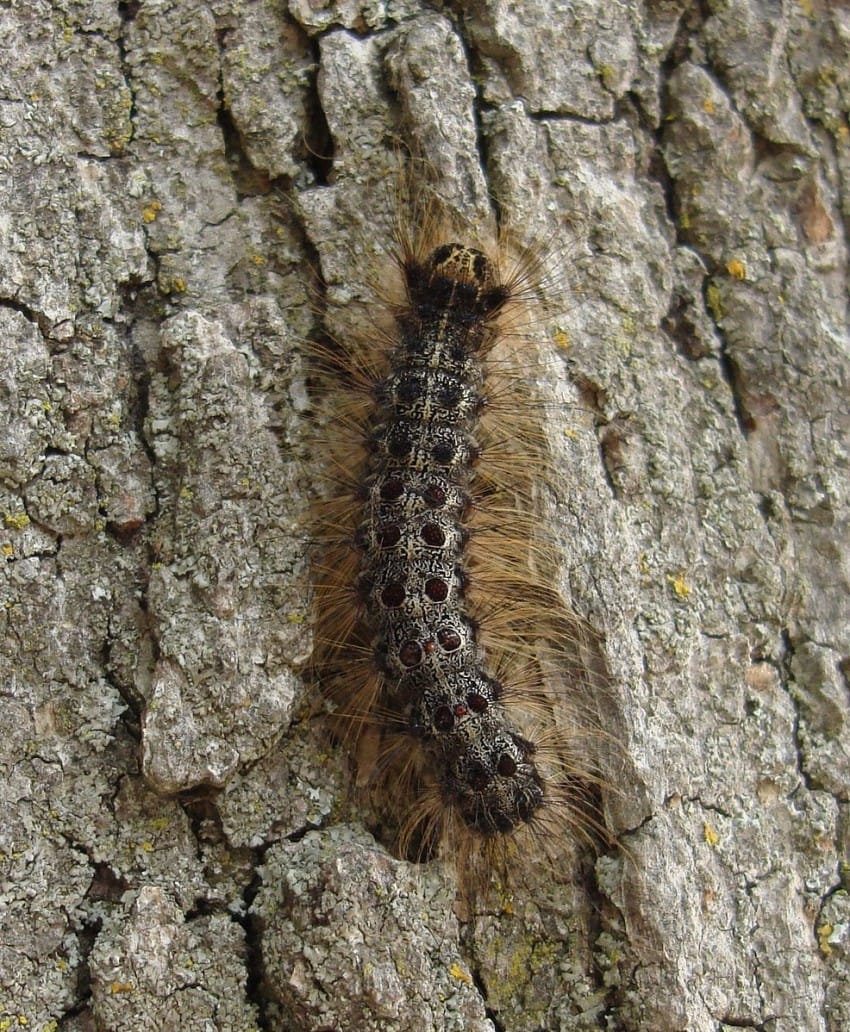
Wareham Pediatrics posted:
Have you noticed the tiny black caterpillars that seem to be everywhere?
These are gypsy moth larvae…
Reactions can vary from small raised bumps to blisters, and it’s very itchy!
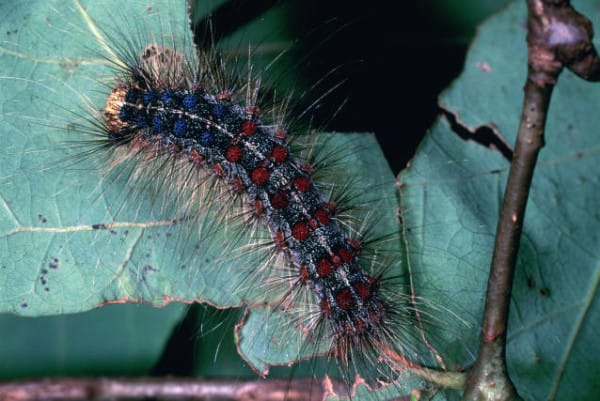
Most of the rashes will resolve within a week or so, but to relieve the itchiness you can buy some over-the-counter products.
Wareham Pediatrics explained:
Over-the-counter topical creams such as hydrocortisone may help alleviate the itching.
If your child has a widespread rash or fever, or if you have any medical concerns regarding a rash, please contact our office.
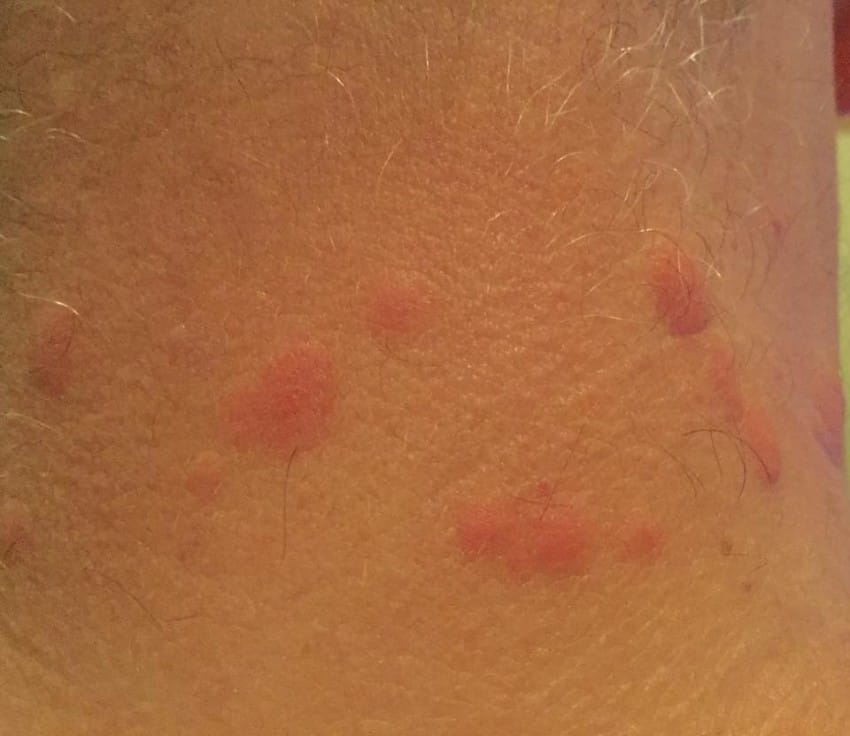
According to The New York Times, the last time there were so many gypsy moth caterpillars was in 1981.
If you’re concerned about your rash, give your doctor a call and see what they recommend.
Please Liked Video this article with other people who might be at risk of getting a gypsy moth caterpillar rash!
